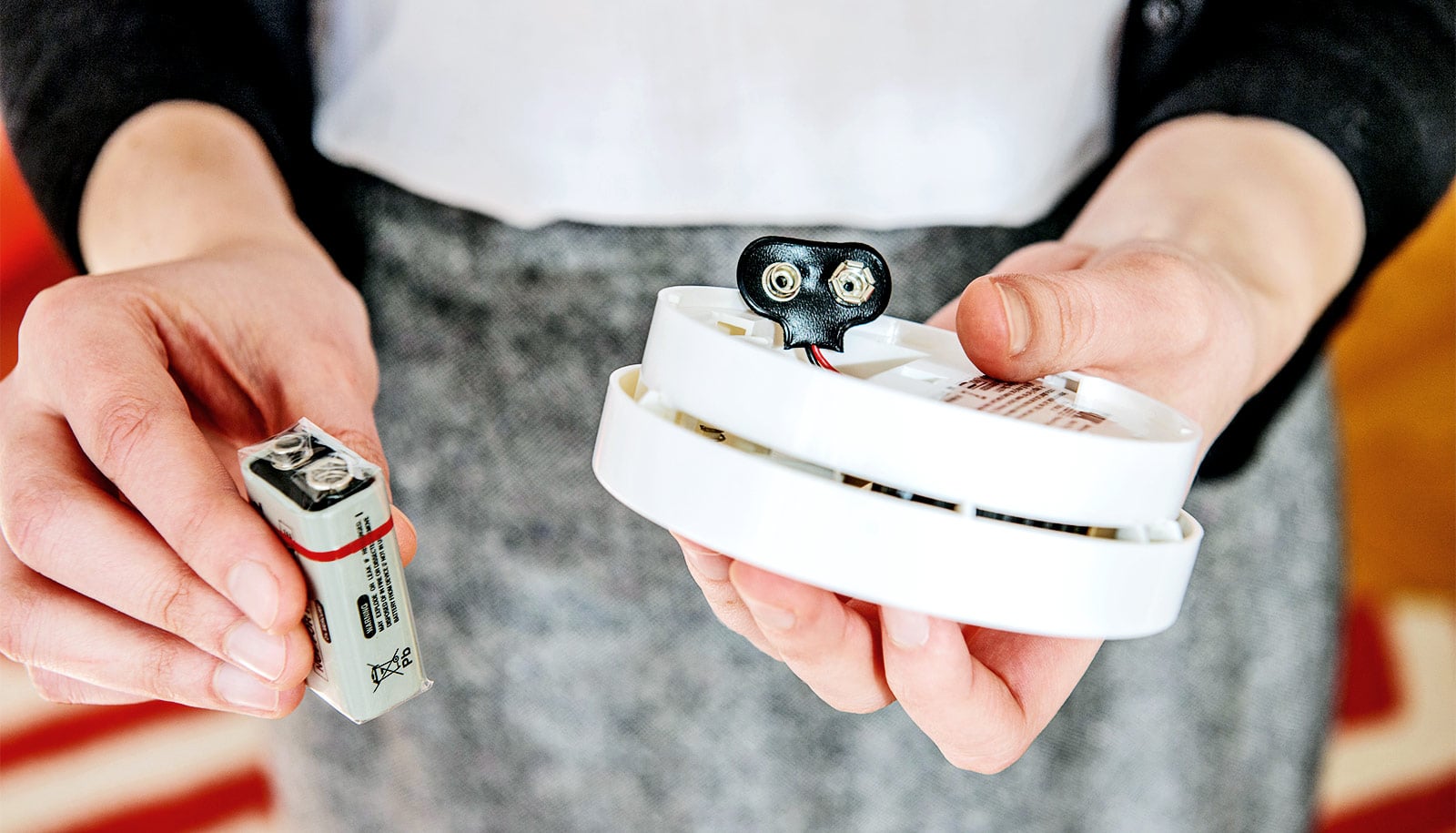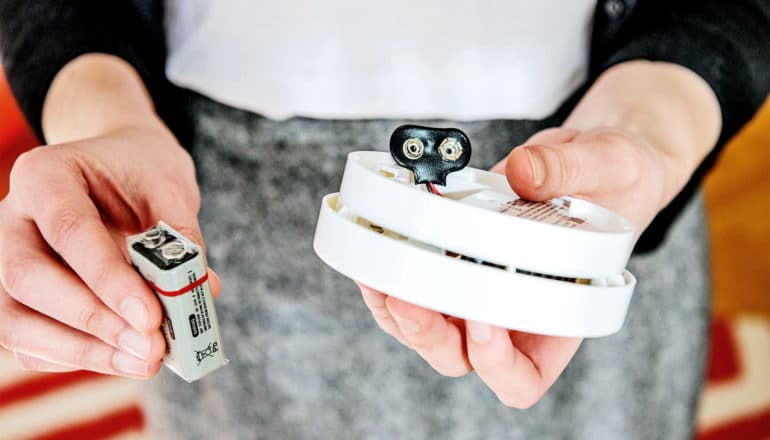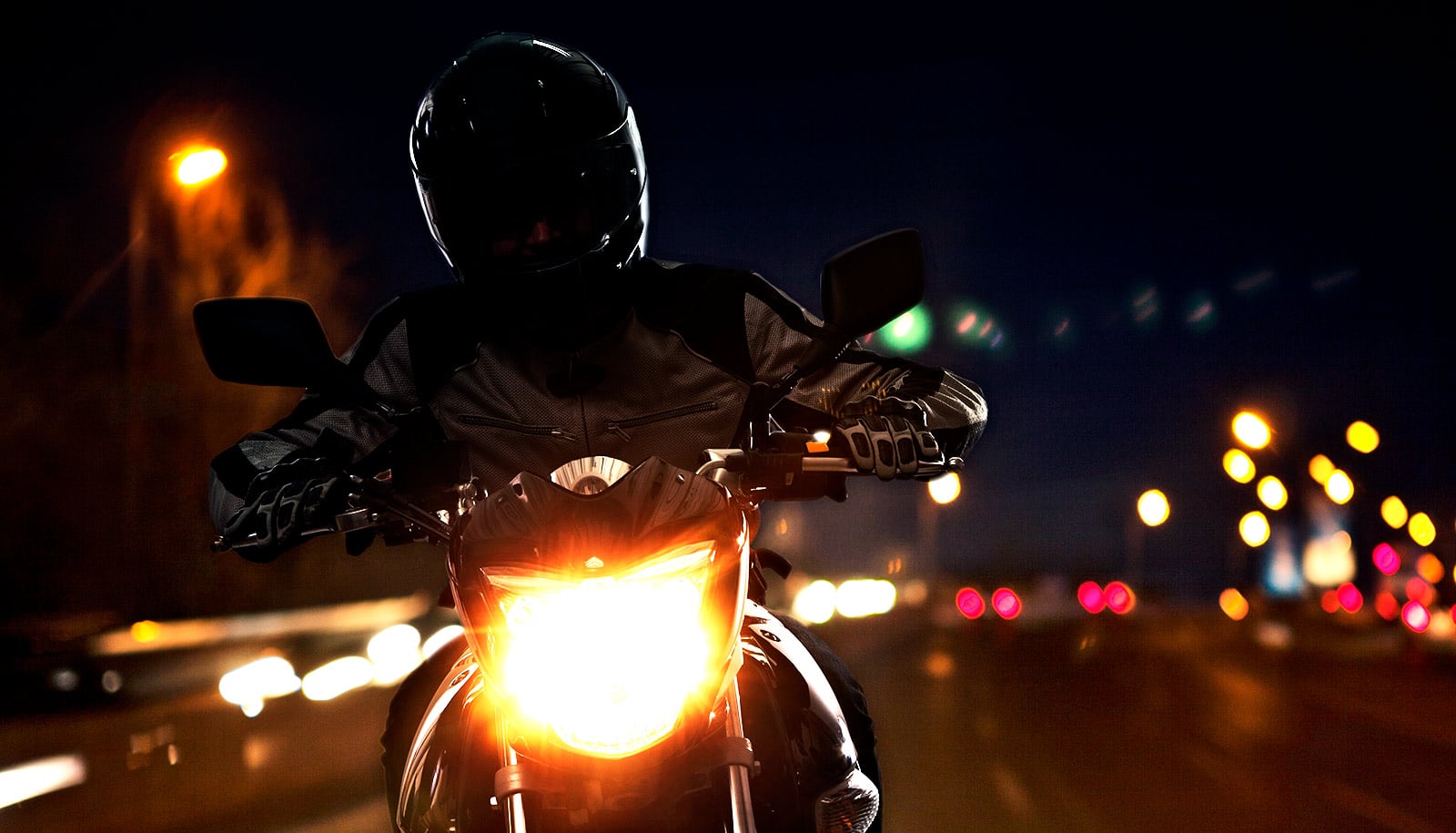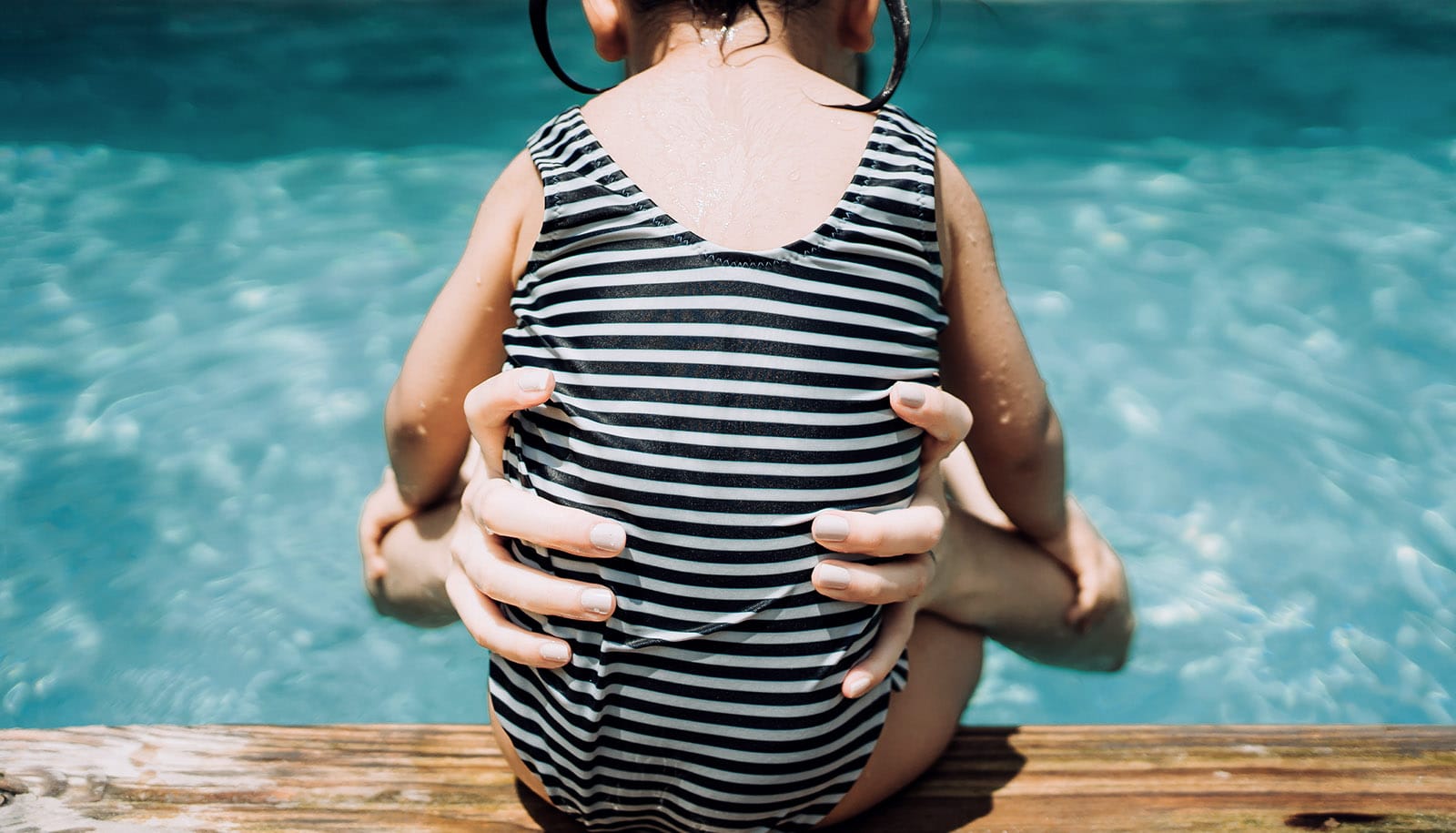
"Low-level [carbon monoxide] exposure can produce headaches, sleepiness, fatigue, confusion, and irritability. At higher levels, it can cause nausea, vomiting, irregular heartbeat, impaired vision and coordination, and even death." (Credit: Getty Images )
How travel ups your risk of carbon monoxide poisoning
Winter is the prime season for carbon monoxide poisoning. Learn what you need to know to keep you and your family safe at home and while traveling.

Half of all reported cases of carbon monoxide poisoning occur during the winter, according to the Centers for Disease Control and Prevention.
Travelers are especially at risk due to varying regulations on alarms across states.
Recently, 25 people were hospitalized for carbon monoxide (CO) poisoning at a vacation rental home in Idaho.
“If a CO detector sounds its alarm at home or in your accommodations, listen and act fast because it’s trying to save your life.”
“Carbon monoxide detectors are the only way to detect this odorless, colorless, life-threatening gas,” says Diane Calello, executive and medical director of the New Jersey Poison Control Center at the emergency medicine department at Rutgers University New Jersey Medical School.
“Unfortunately, laws requiring CO detectors vary across accommodations like chain hotels, vacation rentals, bed and breakfasts in the US and abroad,” she says.
Here, Calello discusses how to stay safe from carbon monoxide poisoning at home and when traveling:
The post How travel ups your risk of carbon monoxide poisoning appeared first on Futurity.
Share this article:
This article uses material from the Futurity article, and is licenced under a CC BY-SA 4.0 International License. Images, videos and audio are available under their respective licenses.


